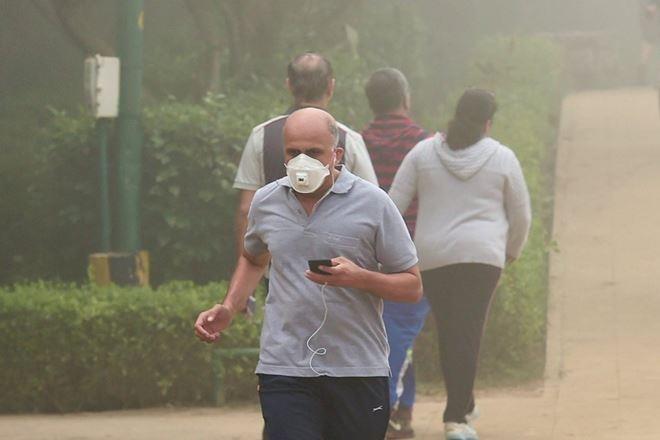By PP SANGAL
Media reports highlight that Delhi government, NGT, CPCB, Supreme Court appointed EPCA, government of adjoining states viz. Punjab, Haryana and UP and their PCBs have all swung into action in in fighting air pollution. But, the real test lies coordination.
Air pollution in Delhi is a result of presence of PM2.5 and PM10 particles, carbon-dioxide, carbon mono-oxide, nitrogen oxides, Sulphur di-oxide, etc. The main sources of pollution are the transport system, construction/demolition activities, road sweeping, coal-fired energy plants and brick-kilns, and most importantly, rice stubble burning in bordering states in winter months of October and November.
According to the scientists at NASA, there may be a spike in farm fires this winter. Crop harvest in Punjab and Haryana, this year, may be the highest in several years owing to longer stay of monsoon and some local factors. Consequently, much more paddy straw, say about 200 lakh metric tons, is likely to be generated increasing farm fires. Here, it may be noted that 1 ton of stubble releases 2 kg of SO2, 3kg of particulate matter, 60 kg of CO, 1,460 kg of CO2 and 199 kg of ash.
NASA has found this in advance by calculating a Normalised Difference Vegetation Index (NDVI)—a measure devised for greenness that can indicate crop or vegetation cover. NASA data shows that between 2002 and 2018, maximum number of stubble burning cases (18,000) were reported was in 2016. This year, we expect that the figure to be 16000, but, fearing detection by satellite the farmers may put fire in small patches.
According to CPCB report, the annual average of PM 2.5 levels during 2016-18 at 115 mg/cubic meter (three times the safe limit of WHO) are 25% lower than the average during 2012-14. But, Delhi’s average level needs to be lower by 65% to meet the standards under the National Clean Air Action Plan.
It is necessary to review the steps taken by the government:
Guidelines for the construction agencies for avoiding and controlling dust are not strictly followed.
The four civic bodies have 56 mechanical sweeping machines, but are not effectively utilising them owing to poor maintenance and non-availability of spare parts. According to a TERI study, the average road length swept is 38 km per shift, instead of expected road length of 80-100 km per day. Dumping of dust (a machine collects 1.13 to 4.1 tons per shift) is another problem.
There is a need to reduce stubble burning by increasing awareness among farmers and providing happy seeders and other necessary mechanical devices.
Measures like staggered office timings, banning diesel gen-sets and shutting of industrial units based on coal and bio-mass and brick-kilns during winter is not being done.
Besides these following measures need to be taken:
Planting of saplings should be done in very large numbers to compensate for highly reduced green cover.
Increase the number of public transport buses drastically. In fact, during the last decade, the number of buses has gone down to 5,500 from 6,329. We need 11,000 buses to meet the demand.
Cloud seeding and artificial rains can play an important part in bringing down air pollution. IIT Kanpur has been awarded a project by CPCB for this.
Install gigantic air purifiers; NEERI is working on a smaller variant WAYU to cater to an area of 500 sq. kms.
Introduce congestion pricing. This means that vehicles owners need to pay extra to enter the busiest and most congested parts of the city. We have already identified 12 such hotspots in Delhi. Singapore, Stockholm and London are doing this. The recent RFID system (introduced by the School of Planning and Architecture) for commercial vehicles entering Delhi is an example of congestion pricing which has worked.
Create vertical gardens and provide water sprinklers behind all two-wheelers.
(The writer is Former ISS and UN Consultant. Views are personal.)

